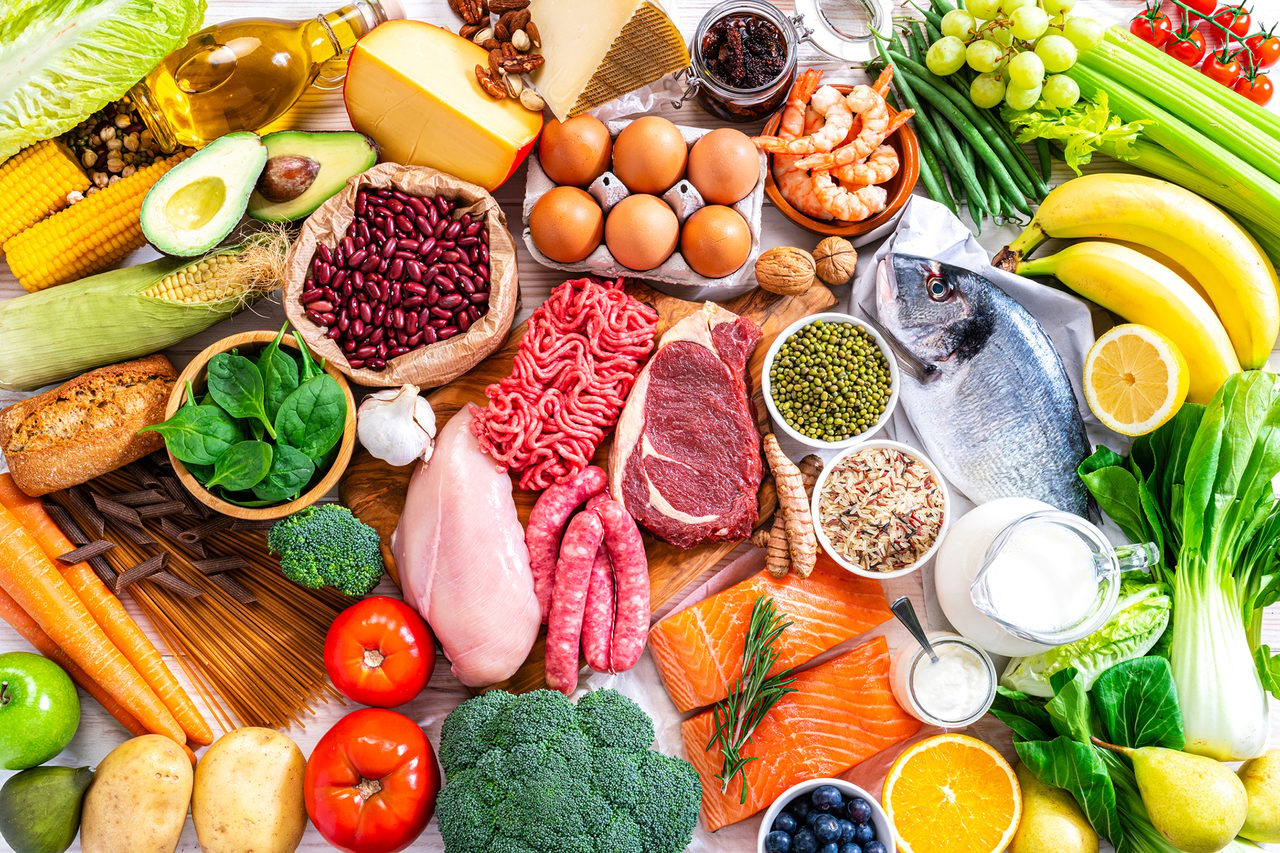

The percentage of single young to mid-age urban consumers who purchased tequila and mezcal online as a gift. This is higher than the average 17.36% across all consumer groups.
27.66%
The percentage of single suburbanites who purchase tequila and/or mezcal online using Thirstie-powered sites. Wealthy small families, who make up about 25% of sales, are next.
30.25%
Source: Thirstie Data Intelligence, Tequila and Mezcal, September 2021. Photo courtesy of Getty Images / Stockfotocz
Who is buying tequila and mezcal online?
According to a report compiled by Thirstie Data Intelligence, which analyzed purchasing patterns of 1,000+ consumers of legal drinking age who purchased tequila and/or mezcal across the U.S. through Thirstie-powered branded storefronts from August 2020 to August 2021, the typical online shopper might not be expected. Single young to mid-aged urbanites are a smaller share than both single young to mid-aged suburban and wealthy suburban small family consumers.
The research also found that high-income parents like to buy premium alcohol online. Wealthy small families have a significantly higher average checkout value and buy slightly more items than any other consumer group.
Premium tequila and mezcal were the most popular among the category driving 29% of retailer revenue. Single urbanites led category sales for premium tequila and mezcal with 34.40% share followed by wealthy small families (31.20%), single suburbanites (28.50%), large families (26.30%) and retirees (22.59%).
Research also finds that online tequila and mezcal consumers tend to purchase more premium bottles and buy multiple bottles at once. Data shows an average cart value of $80.22 and average cart size of 2.1.
“There are fantastic opportunities for pet food manufacturers to use ‘ugly’ produce… There’s no reason to pay an upcharge for the appearance of the uncut vegetable or fruit, just to cut and cook it.”
—Tony Moses, director of product innovation, F+B, CRB, on the use of “ugly” ingredients in pet food

Photo courtesy of Getty Images / fcafotodigital
